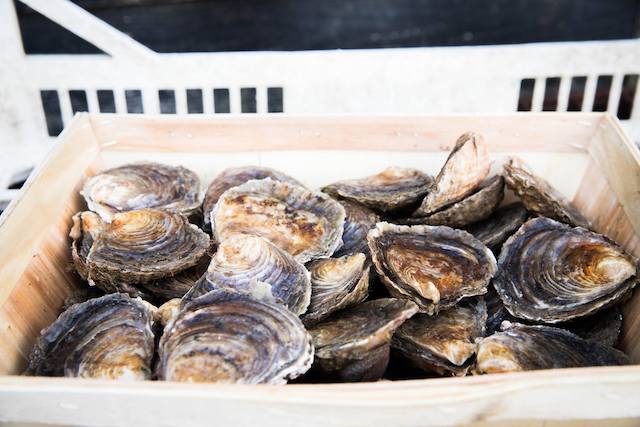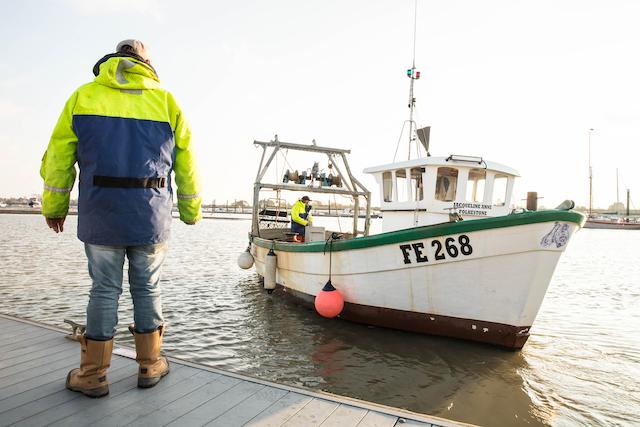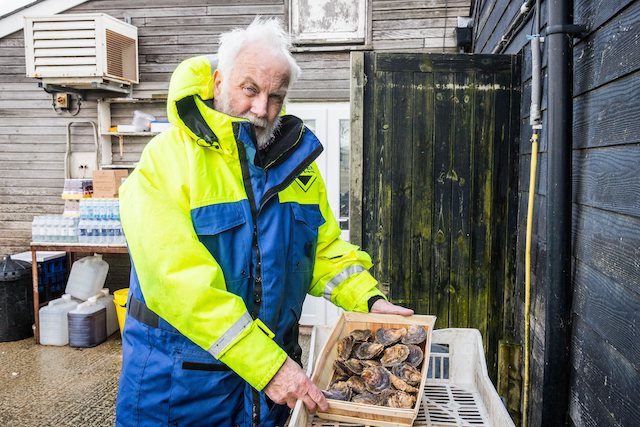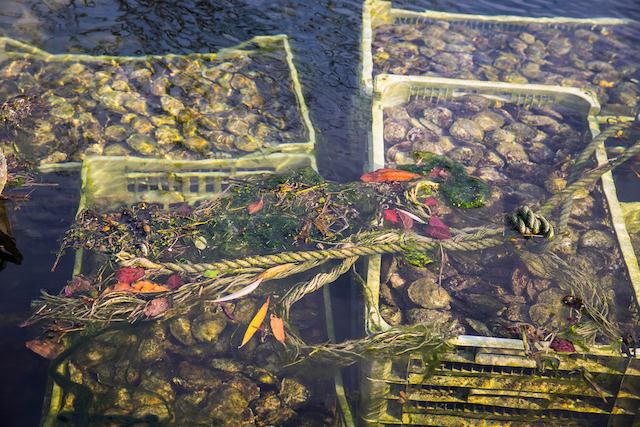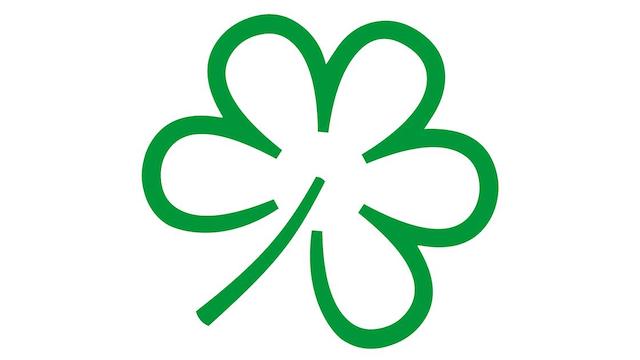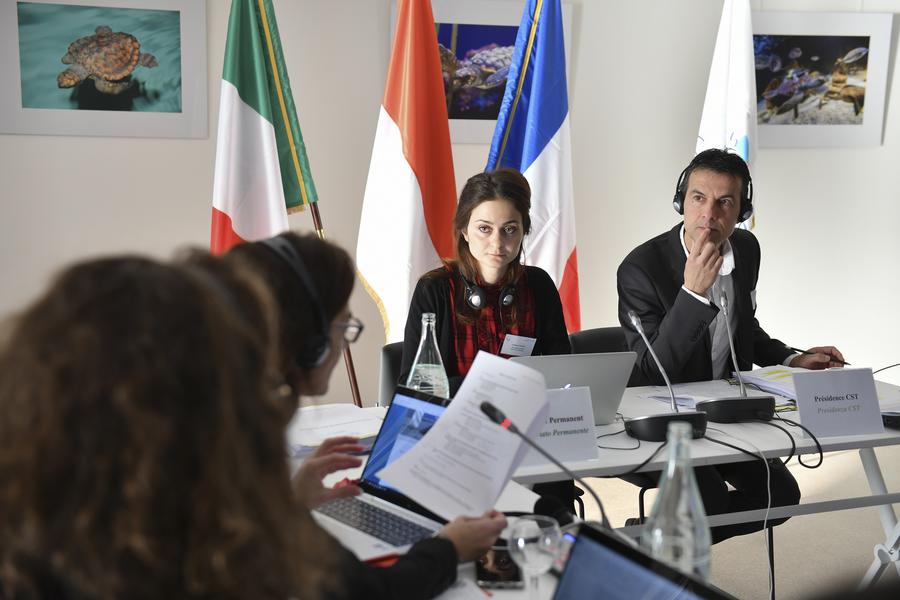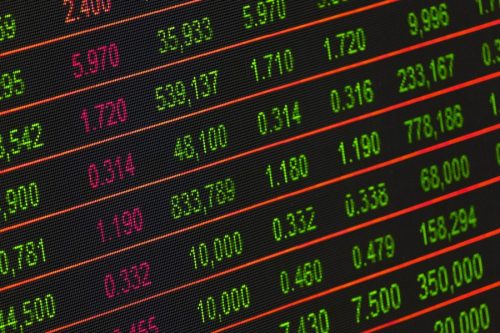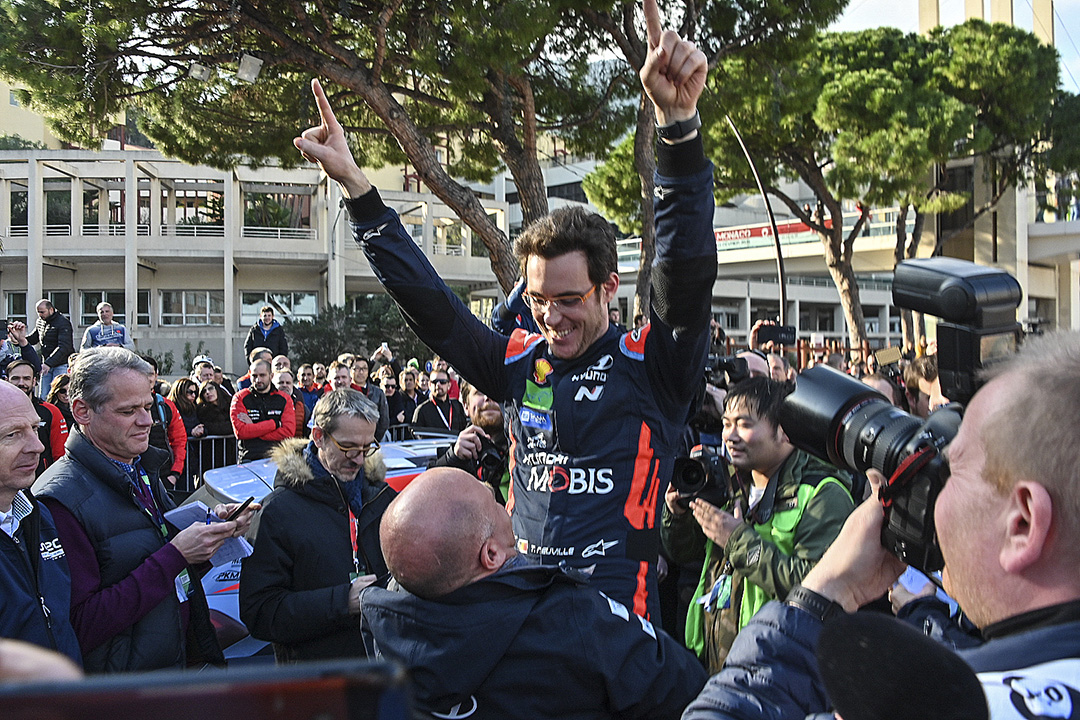James Wren, ZSL’s Executive Vice President of Global Resources, shares his concerns for globally declining oyster populations and how you can help save this important species.
[ihc-hide-content ihc_mb_type=”show” ihc_mb_who=”2″ ihc_mb_template=”1″ ]
Our oceans play a vital role in regulating our climate and recycling nutrients, and we are dependent on them for clean water and for food.
Last week H.S.H. Prince Albert II of Monaco joined a panel of experts at the World Economic Forum to discuss our oceans and what’s at stake, as corals continue to bleach and overfishing is maintained at unprecedented levels. He said, “the ocean has been a victim” of man-made climate change, a powerful statement that we at ZSL, support.
We’re working around the world to protect ocean species and habitats, including an ocean ecosystem that’s on the doorstep of our headquarters in London, UK.
Over the last two decades, 85% of global oyster reefs, a precious ecosystem not dissimilar to corals, have been lost. In Britain alone, the native oyster has been driven to the brink of extinction with populations dropping by 95%.
The loss of any species is devastating, but these statistics are even more troubling when the important role of oysters and our oceans is understood. For example, oysters are key to maintaining clean and healthy marine habitats, far more than an edible delicacy.
Sometimes referred to as the vacuum cleaners of our waters, oysters filter particles such as nitrogen to clean water. A single oyster can filter up to 200 litres of seawater daily – quite impressive work for such a small animal.
As well as relying on oysters to maintain optimal water quality, many small marine species use oyster reefs – formed when oysters cluster together on hard surfaces under the water – as shelter for juvenile fish, for spawning and as a protective habitat for animals such as mud crabs and juvenile eels.
Overfishing has played a huge part in the dwindling numbers. Humans have been harvesting oysters for thousands of years. Oysters quickly became a luxury pushing demand which lead to catastrophic overfishing.
Alongside overfishing, habitat loss, pollution and the introduction of diseases hindered the oyster population and it can no longer naturally replenish. Now human intervention is its only hope.
In 2019, ZSL announced the beginning of the biggest restoration of Britain’s largest protected area for native oysters.
Working in the only Marine Conservation Zone (UK marine protected area) in England for native oysters, ZSL – a coalition of oystermen, local communities, NGOs, universities and the UK Government – have begun creating the habitat required for an Oyster Sanctuary, replenishing the estuary’s lost oysters.
One of the ways we restore the population and create new habitats is by using ‘recycled’ shells from oysters bred on the coast of England and sold in one of London’s busy markets. They have been used to “lay the cultch” – a term used to describe the process of laying crushed shells and stones onto the estuary floor. This step is needed, as oysters require a hard surface to grow on, which is not naturally found on the muddy estuary beds on the UK’s coast.
Now, together with ZSL partners, we are creating a ‘Mother Oyster to kick-start a self-sustaining population of the species, involving volunteers, local businesses and youngsters with disabilities and special educational needs.
Quite rightly, we are thrilled to be leading this project, which embodies one of ZSL’s core aims: bringing wildlife back from the brink.
ZSL is still working to save the much-loved oyster and protect our oceans.
Please do what can you do to protect oysters. Here are a couple of ideas:
- Donate to ZSL to support our continued work to create a world where wildlife thrives. As H.S.H. Prince Albert II of Monaco said last week, “funding of marine protected areas is crucial” and can enable us to continue to make change.
- Do you know where yours have come from ? Learn more about the oysters you eat and choose certified fish and oysters that can be traced back to their source. You can check websites such as the Marine Conservation Society to find out more.
Working together, we can create a world where wildlife thrives; to find out how you can support us, please visit zsl.org to learn more.
[/ihc-hide-content]
